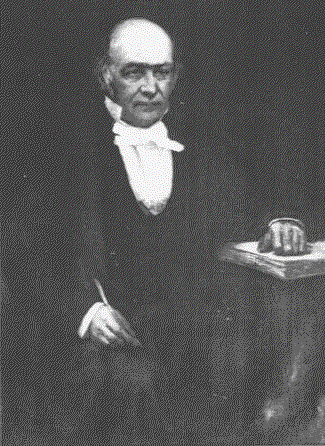now now kids lol..behave...see its those rossies from carnlough road causing problems again lol
Announcement
Collapse
No announcement yet.
Cabra West.
Collapse
X
-
Can you explain Breda - is that the script under the canal bridge on the Broomer and what exactly did it mean? I heard about over 50 years ago and knew it was very important but no one ever told me what it meant? I knew it was some kind of maths or the like but what was it all about?
Thanks in anticipation
Comment
-
hi RB know you do not like links but this one gives info and photosOriginally posted by Red Biddy View PostCan you explain Breda - is that the script under the canal bridge on the Broomer and what exactly did it mean? I heard about over 50 years ago and knew it was very important but no one ever told me what it meant? I knew it was some kind of maths or the like but what was it all about?
Thanks in anticipation
A Brief History of Quaternions
Complex numbers were a hot subject for research in the early eighteen hundreds. An obvious question was that if a rule for multiplying two numbers together was known, what about multiplying three numbers? For over a decade, this simple question had bothered Hamilton, the big mathematician of his day. The pressure to find a solution was not merely from within. Hamilton wrote to his son:
Every morning in the early part of the above-cited month [Oct. 1843] on my coming down to breakfast, your brother William Edwin and yourself used to ask me, 'Well, Papa, can you multiply triplets?' Whereto I was always obliged to reply, with a sad shake of the head, 'No, I can only add and subtract them.'
We can guess how Hollywood would handle the Brougham Bridge scene in Dublin. Strolling along the Royal Canal with Mrs. H-, he realizes the solution to the problem, jots it down in a notebook. So excited, he took out a knife and carved the answer in the stone of the bridge.
Hamilton had found a long sought-after solution, but it was weird, very weird, it was 4D. One of the first things Hamilton did was get rid of the fourth dimension, setting it equal to zero, and calling the result a "proper quaternion." He spent the rest of his life trying to find a use for quaternions. By the end of the nineteenth century, quaternions were viewed as an oversold novelty.
In the early years of this century, Prof. Gibbs of Yale found a use for proper quaternions by reducing the extra fluid surrounding Hamilton's work and adding key ingredients from Rodrigues concerning the application to the rotation of spheres. He ended up with the vector dot product and cross product we know today. This was a useful and potent brew. Our investment in vectors is enormous, eclipsing their place of birth (Harvard had >1000 references under "vector", about 20 under "quaternions", most of those written before the turn of the century).
In the early years of this century, Albert Einstein found a use for four dimensions. In order to make the speed of light constant for all inertial observers, space and time had to be united. Here was a topic tailor-made for a 4D tool, but Albert was not a math buff, and built a machine that worked from locally available parts. We can say now that Einstein discovered Minkowski spacetime and the Lorentz transformation, the tools required to solve problems in special relativity.
Today, quaternions are of interest to historians of mathematics. Vector analysis performs the daily mathematical routine that could also be done with quaternions. I personally think that there may be 4D roads in physics that can be efficiently traveled only by quaternions, and that is the path which is laid out in these web pages.
In a longer history, Gauss would get the credit for seeing quaternions first in one of his notebooks. Rodrigues developed 3D rotations all on his own also in the 1840's. The Pauli spin matrices and Penrose's spinors are reinventions of the wheel that miss out on division. Although I believe that is a major omission and cause of subtle flaws at the foundations of modern physics, spin matrices and spinors have many more adherents today than quaternions
Comment






Comment